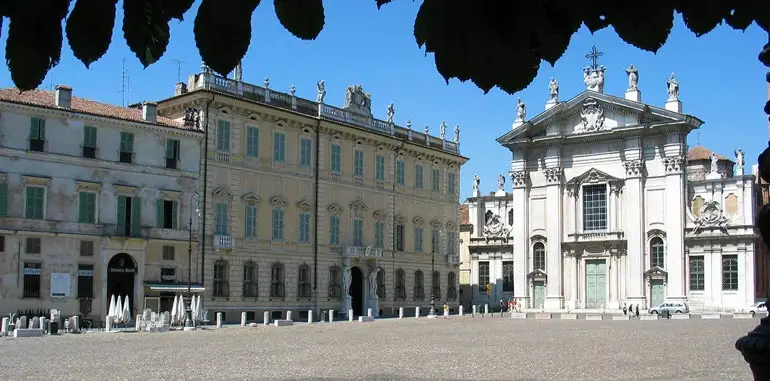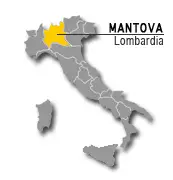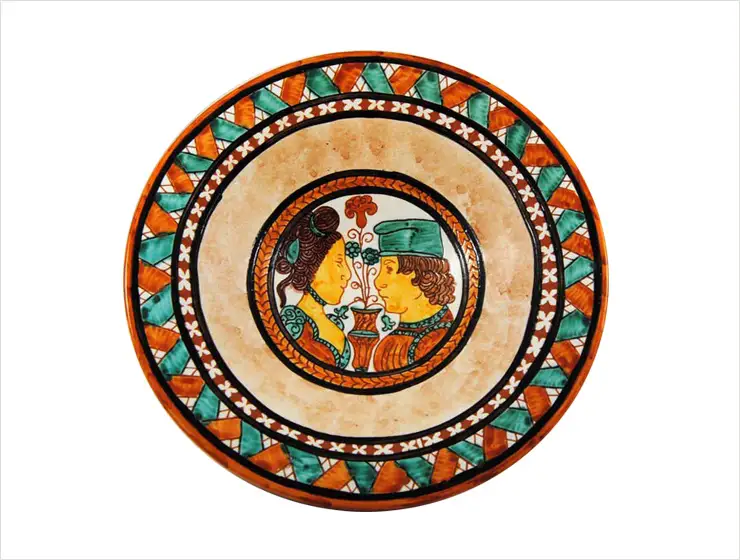MANTOVA


Mantova earned its good name in the history of Italian ceramics during the 15th century and preserved it for over 200 years as it became a centre of excellence in the production of Sgraffito ceramics.
This technique had become known in Italy in the 10th century thanks to the increasing trade with the Middle East but in Mantova it developed a very distinctive and unique character.
As it often happens, behind the flourishing of arts there is a sponsor. Indeed, the power and influence of the Gonzaga family did contribute in making Mantova one of the main artistic, cultural, and musical hubs of Northern Italy and the country as a whole in the Renaissance age.
Mantova is located in the very heart of Northern Italy. It’s a beautiful city, with many architectural treasures being uniquely important examples of Italian art history. During the reign of the House of Gonzaga arts and culture were protected and many artists found in Mantova a good home, such as: Leone Battista Alberti, Andrea Mantegna, Giulio Romano, Donatello.
Mantova is near to the birthplace of the Roman poet Virgil and it is also the town to which Romeo was banished in William Shakespeare's play Romeo and Juliet. So. No need to add more to the reasons why you should add it to your travel plan when visiting Italy.
Actually there is one more reason: its Sgraffito pottery. After two centuries of glory that coincided with the Italian Renaissance, the production slowly stopped because of a general impoverishment and change of tastes. In the second half of the 20th century a thorough research on the original artifacts established their absolute artistic importance and stylistic autonomy and laid the foundation for its rebirth.
More about Sgraffito ceramics
The Sgraffito ceramics are completely handmade today, as they were centuries ago. The design is “scratched” on the surface of the pieces before the first firing and the final painting. It’s a painstaking and time consuming process, with many different steps:
1 – when the raw piece is well dry, the potter applies on its surface a layer of white clay, the engobe, and lets it dry
2 – the design is scratched on the engobe with a pointed tool, then the piece is laid into the kiln for the first firing
3 – during the Italian Renaissance, the pottery was hand painted using metallic oxides, commonly cobalt oxide, copper oxide, iron oxide, manganese dioxide and antimony oxide. Today food safe glazes are used.
4 – the pottery is dipped into a white glaze using special tongs. This glaze will vitrify during the second firing protecting the piece for centuries to come.
This technique was first used to decorate simple shapes, such as plates and bowls. Quickly enough however the potters improved their skills and started to make more complex shapes and develop new patterns which have become timeless classics, such as the “knot”, the star of David, designs to their the pomegranate, the circle with the cross, animals, trees.

